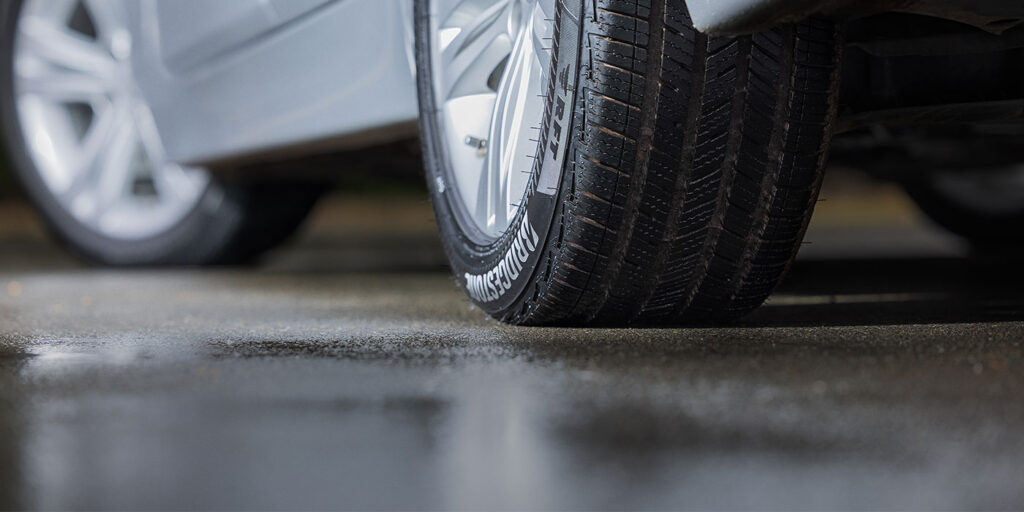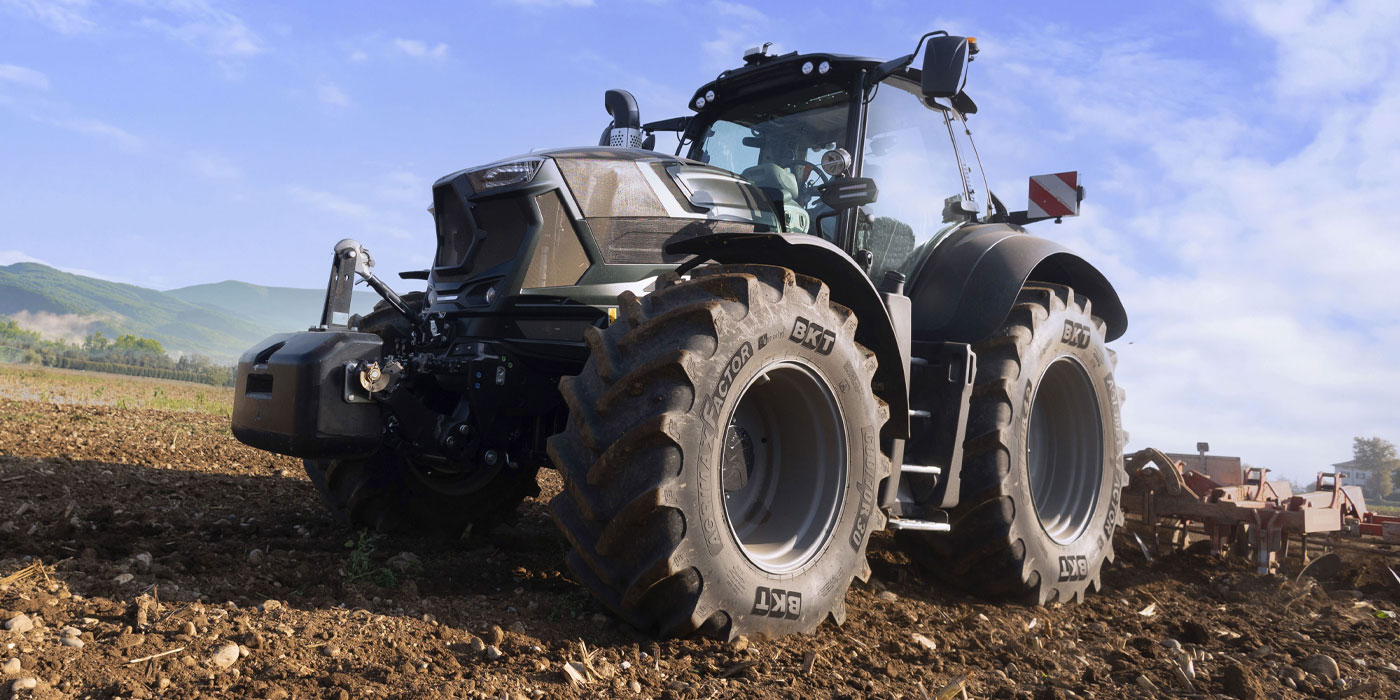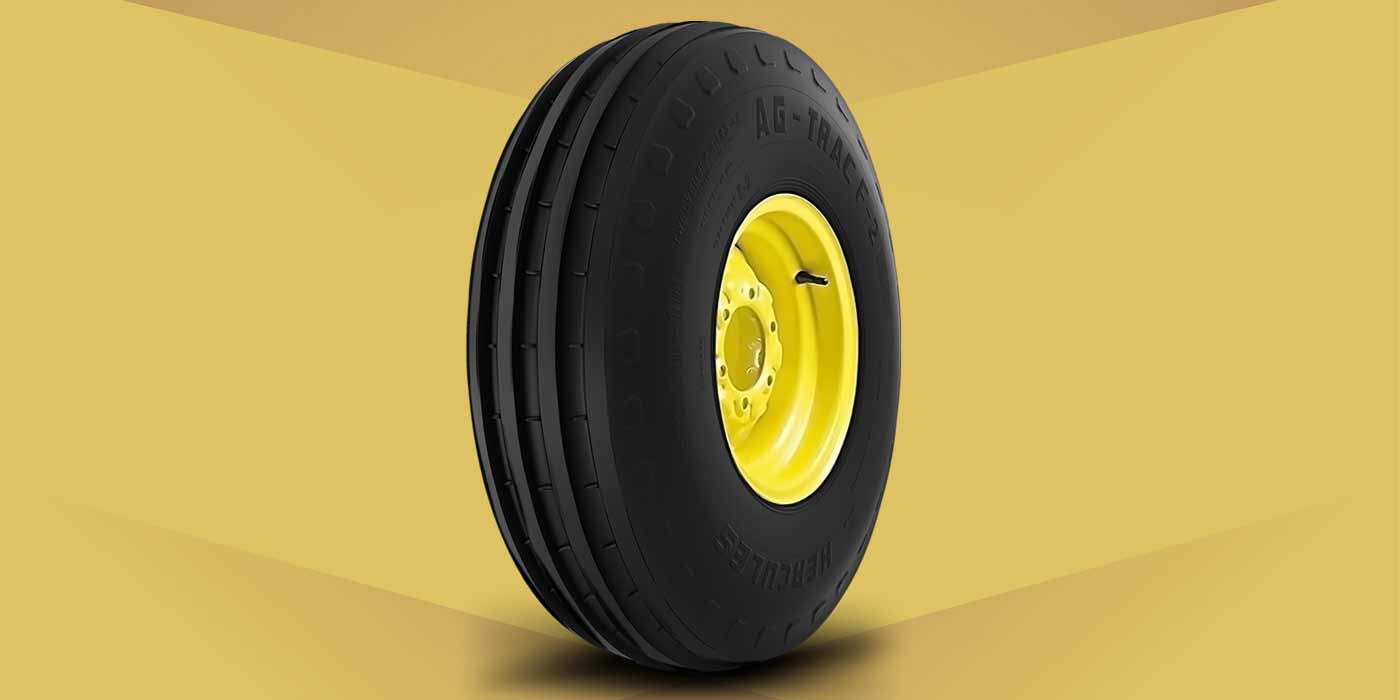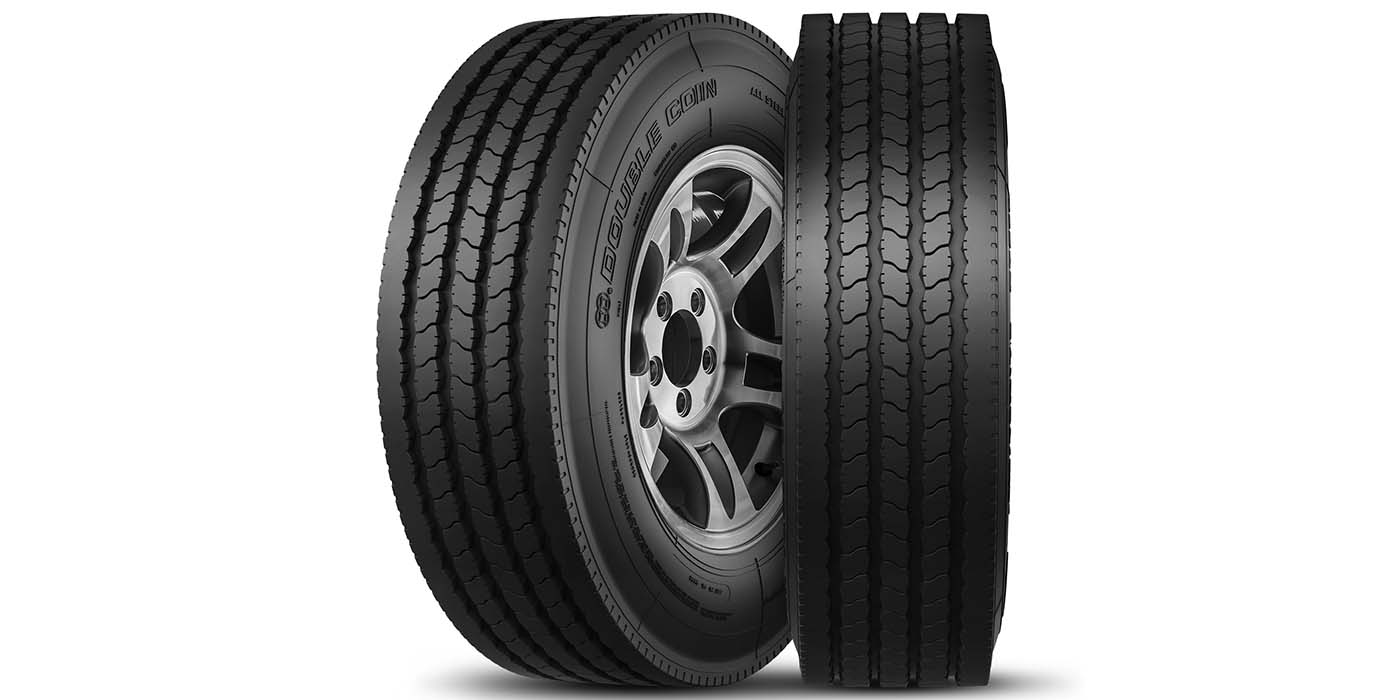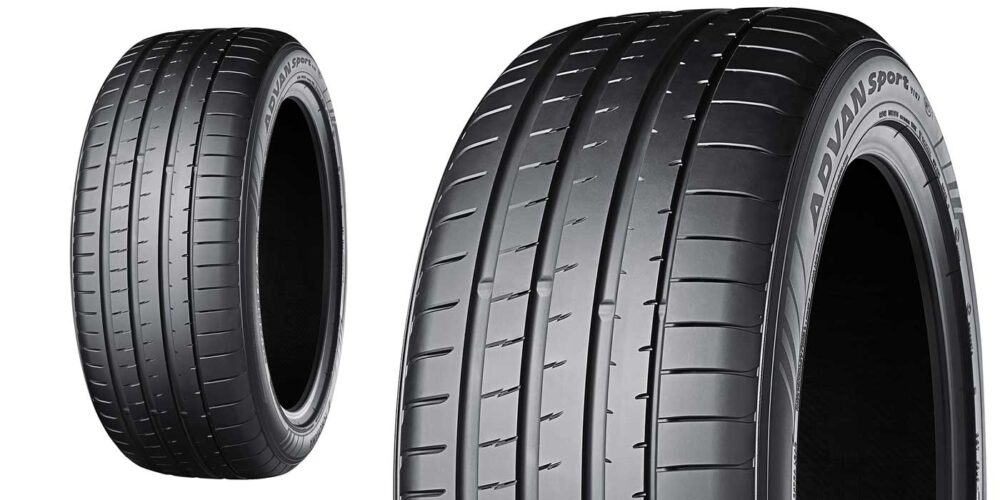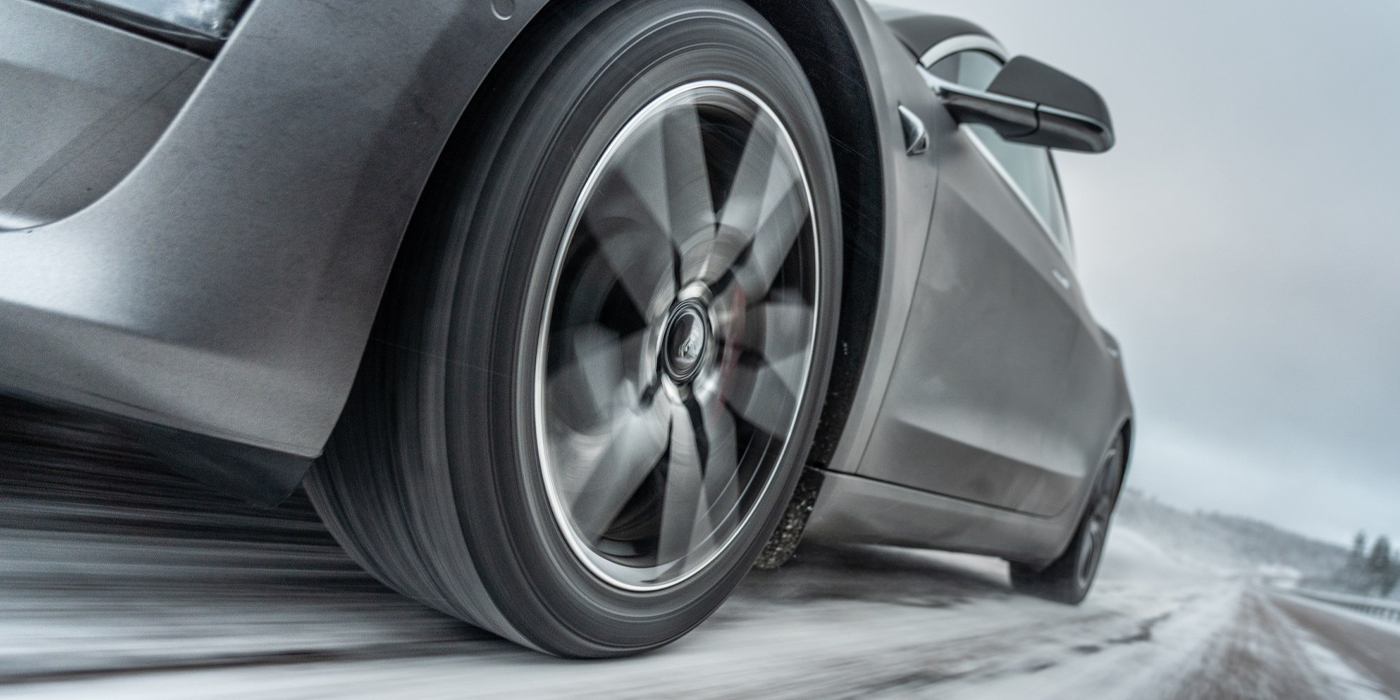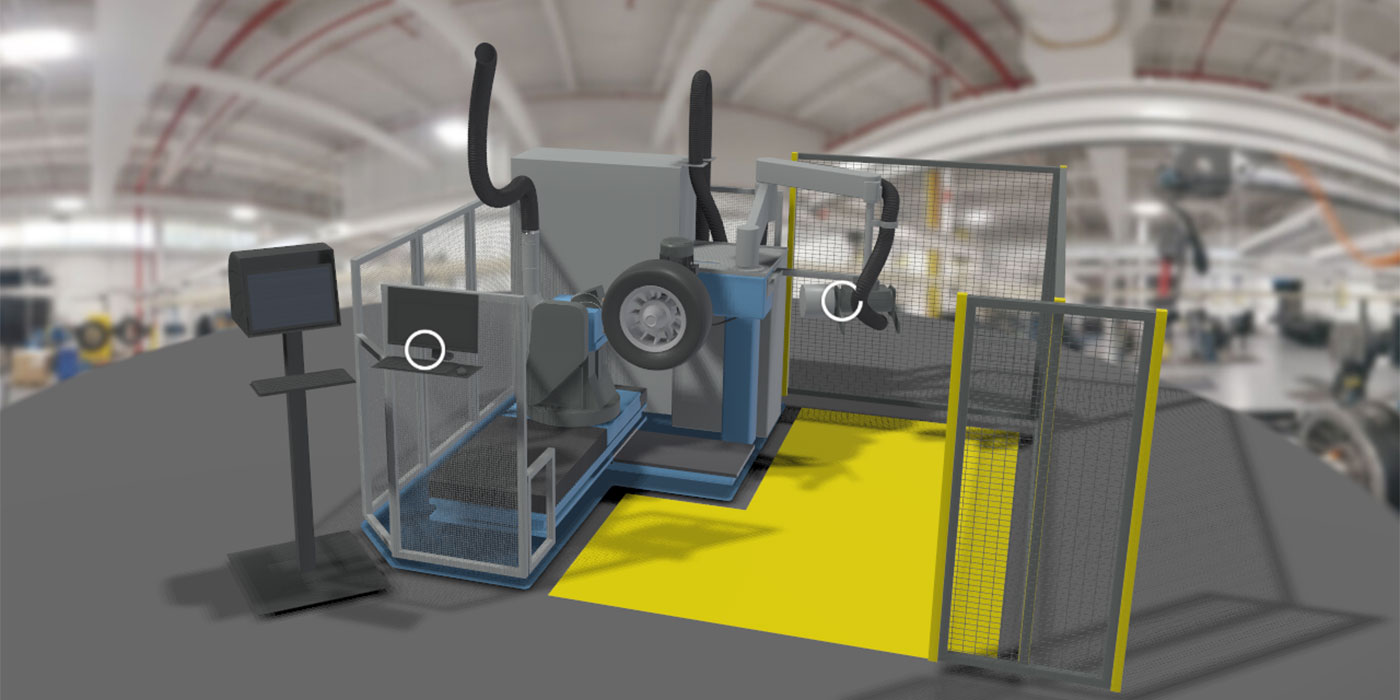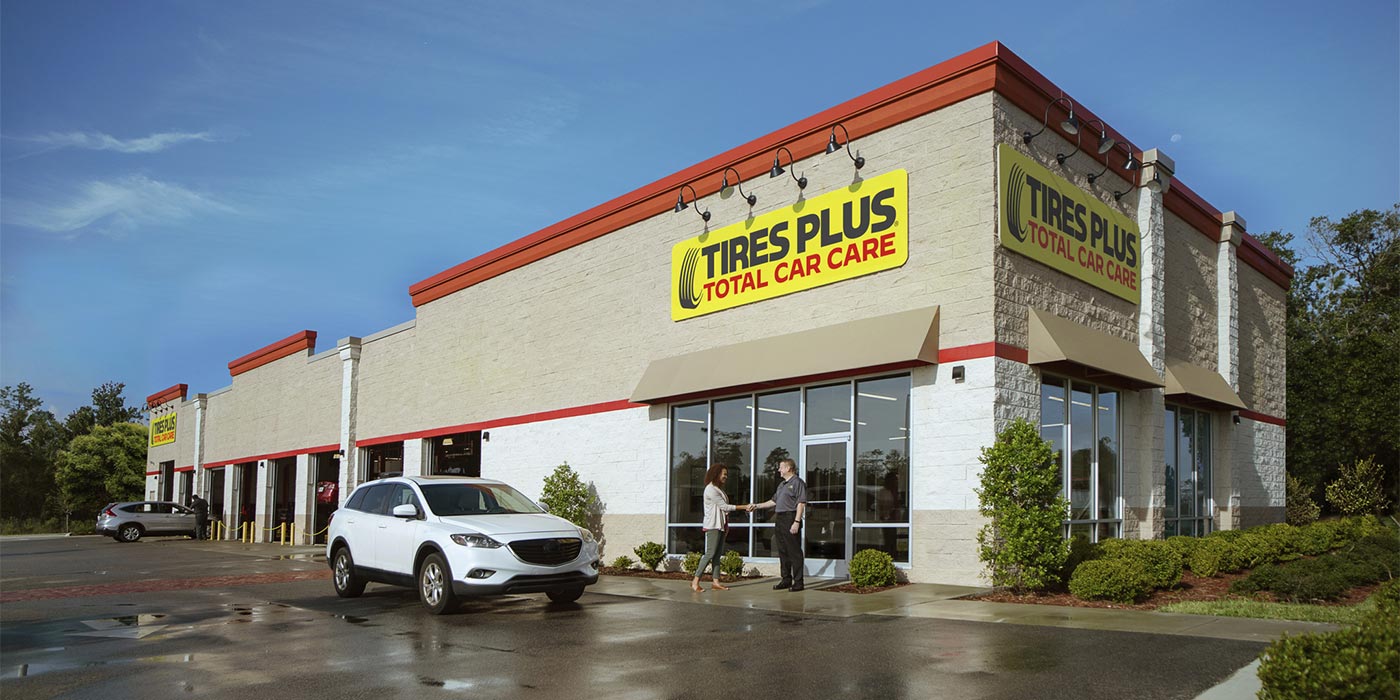It was a scorching hot August day in the Midwest. My dash said 93 degrees in the mid-day heat as my Ford crested a rolling hill on U.S. Route 24 smack dab in Indiana when it happened. A hunk of metal fell off of the flatbed trailer in front of me somewhere between 65 and 70 mph and pierced straight through the sidewall of my left front Firestone all-season tire.
I suppose it could have been much worse, so I should have been thankful. Instead, I was stranded on the side of the highway with no cell reception and 80,000 pounds of semi-truck blowing by me. I’ve been changing tires since I was 16 years old, but I vowed that this would be the very last tire I would change myself on the side of a highway. There had to be a better solution.
Of course, I knew there was a solution, but like all choices, there were tradeoffs. Peace of mind comes with running a run-flat tire yet would I miss the smooth ride of a traditional touring tire?
I decided that safety and peace of mind were more important to me, so I opted for a set of four “extended-mobility tires” from Bridgestone. Fitted with the original DriveGuard tires, I felt invincible, even if the ride was a bit rough. I was willing to trade 10% of my ride comfort for 100% peace of mind. Some stray away from run-flat tires opting purely for a comfortable ride, but when I made the choice to switch, I found myself wondering how this solution has been enhanced in ride quality over the years and why more tire dealers aren’t selling run-flats. Below, I’ll give you some ways you can make the run-flat sale easier, especially if the customer wants peace of mind wherever they go.
Different Flavors of Run Flat
What Goodyear calls a run flat, Continental refers to as an SSR or “self-supporting run flat,” and my original Bridgestone DriveGuard tires were classified as “extended mobility tires.” Other tiremakers may have different names for them. Although there are differences in construction and compounding, the principle is similar: A run-flat tire contains a self-supporting reinforced sidewall, which can support the weight of a vehicle at zero psi. A novel solution.
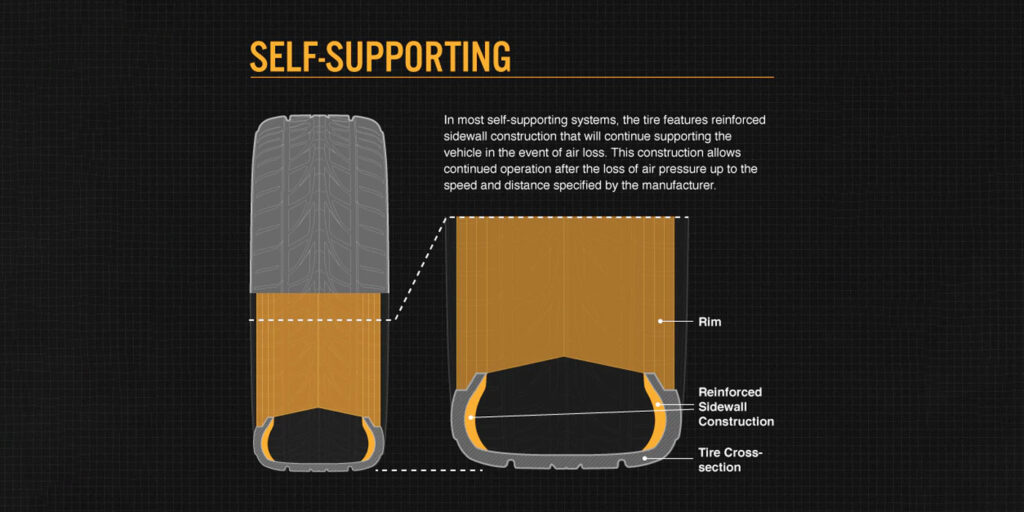
One sticking point for the run-flat tire category has traditionally been a lack of ride comfort, which leading tire manufacturers have sought to solve for the past several years. Fardad Niknam, Yokohama Tire’s senior director of marketing, product planning and motorsport, said in a past Tire Review article that a run-flat’s sidewall insert improves the distance the tire can run at 0 psi, but it also increases vertical tire stiffness, and, as a result, increases tire wear and reduces ride and comfort. He says ride and comfort have become the most important target conflicts in run-flat tire development. However, a tire’s contour—the curvature of the rubber casing and how round or flat it is when sitting against the road—and its tread pattern can be used to achieve other characteristics, such as comfort, and optimize overall performance.
Will Robbins, director of consumer product strategy at Bridgestone, says the technology in this segment has evolved to focus on giving drivers better ride quality.
“Advances in material science and tire modeling have allowed the next generation of Bridgestone run-flat tires, the Bridgestone DriveGuard Plus, to provide the same 50 miles at 50 mph mobility solution, while offering significant improvements in things like ride comfort and noise compared with traditional run-flat technologies,” Robbins says. “This has allowed these new products to compete with traditional touring tires from an overall performance standpoint while providing the additional benefit of mobility.”
I also wanted to hear from an independent tire dealer about his thoughts on the current state of the run-flat market.
“I think the perception is still that run-flat tires deliver a harsh ride, but it’s less reality,” says John Ziegler, vice president of Ziegler Tire, whose family business has been selling tires since 1919. “Think, for example, Bridgestone marketing the new DriveGuard Plus as more of a safe quality touring tire than a traditional run flat.”
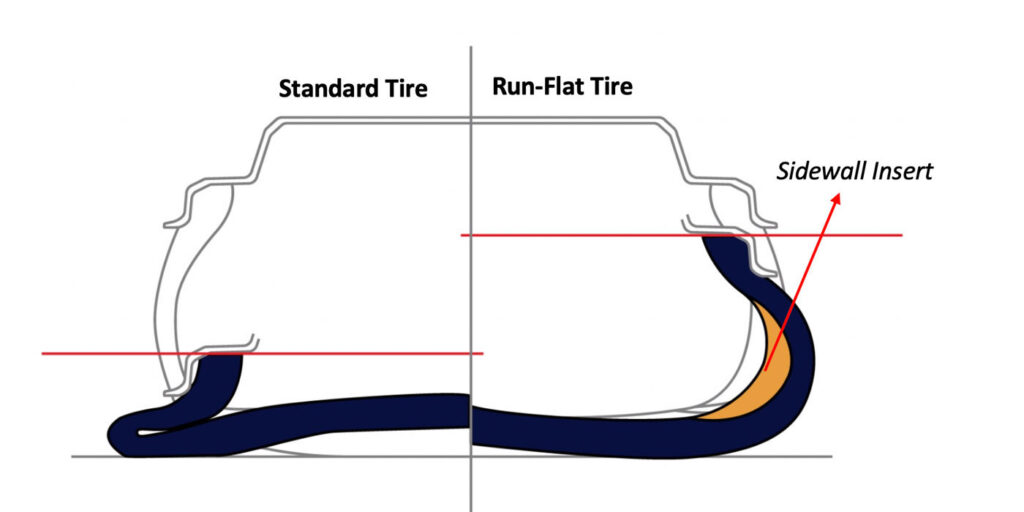
Run-Flats and Mobility Trends
With carmakers looking to make vehicles lighter, long gone are the days of the spare tire. After the 1973 oil crisis, the U.S. Congress enacted Corporate Average Fuel Economy Standards or CAFE Standards. In 2012, the National Highway Traffic Safety Administration (NHTSA) established car and light truck CAFE standards, which required automakers to hit certain average fuel economy standards. This regulation ushered in a series of automotive innovations to make vehicles lighter and increase their fuel economy. Hybrid technology, and even more recently, the adoption of electric vehicles has been a result.
So why do we care? And how does this relate to run-flats? Well, there are certain limitations inherent to electric vehicles that impact the tire industry. Let’s take Tesla for example. Its current vehicle lineup of Models S, 3, X and Y do not and have never been offered with a spare tire on board as a standard option. Tesla cites practical reasons for this, including free roadside assistance, and of course, the added weight of a spare tire and wheel, which could decrease fuel economy.
The sheer size and weight of current hybrid and EV batteries are prohibitive. For example, the dual motor Tesla Model 3 has a curb weight of about 4,100 pounds. Its battery alone weighs in just shy of 1,200 pounds or nearly 29% of the total weight of the vehicle.
Simply put: Spare tires and electric vehicles go together like beef hot dogs and grape jelly. Increasingly, one answer to this conundrum, in my opinion, is run-flat tires. They give drivers peace of mind, even though their weight may impact range.
Selling Run-Flats
With the rise of EVs and greater technology, tire dealers have many reasons to recommend run-flat tires to discerning consumers. If customers with a luxury car—think BMW, Mini and Mercedes-Benz models that have run-flats as the OE tire and maybe even Tesla drivers in the market for a replacement—come to you expressing their need for safety, a run-flat could be the answer. Yet as a tire dealer, you have to influence the customer’s buying behavior in order to gain the sale of a run flat.
This is why it’s important to know what a customer is willing to gain. We all have mental, or cognitive biases, based on personal experience and preference. Knowing these can help you better sell a certain set of tires in general, and for purposes of this article, run flats.
Below are a few cognitive biases that impact consumer buying behavior. If we are to succeed in selling more high-value run-flat tires, it pays to know how you can confront them at the point of sale.
- Confirmation bias is the natural tendency to listen to information that confirms our existing beliefs. For example, a consumer may believe that all run-flat tires are created equal, and he or she is unwilling to sacrifice the ride quality of their BMW 3 series. To overcome this bias, professional tire retailers must first educate themselves on the latest run-flat tire technology and then educate consumers to make the best tire buying decisions for themselves. I remember the sage advice from Jeffrey Gitomer, author of “The Sales Bible: The Ultimate Sales Resource” and other best-selling books. He says: “People don’t like to be sold, but they love to buy.”
- Anchoring Bias is the tendency to be overly influenced by the first piece of information that we hear. For example, when a tire customer is quoted on a set of inexpensive tires, they become “anchored” to that price. On the other hand, when a consumer is first quoted a set of premium run-flat tires, they can become anchored to the higher price. In other words, it’s often more effective to “sell from the top,” as they say.
- Hindsight Bias states that events, even when they’re totally random, seem more predictable than they actually are. For example, it was only after I hit a hunk of metal that left me stranded on the road that I realized the inevitability of having a flat tire. As a result, buying my first set of run-flat tires was perhaps the most difficult first purchase of my life, but the easiest second and third purchases when that original set needed to be replaced.
Finally, when selling run-flat tires, make sure to emphasize their benefits for your customer.
- The peace of mind and genuine security that accompany the feeling of being able to get from where I am to where I’m going without fear of a breakdown.
- The convenience of being able to get to a safe place in the event of a tire issue. Today’s tire consumers value their time and security more than ever before.
- The performance assurance that comes with knowing that run-flat tires will perform properly even at zero PSI. Well, up to 50 miles at a max speed of 50 mph.
Are run-flat tires right for your customers? Maybe not for all of them, but for an increasingly larger portion of consumers who value peace of mind and security with a balance of ride comfort, this tire category is worth its weight in safety.

